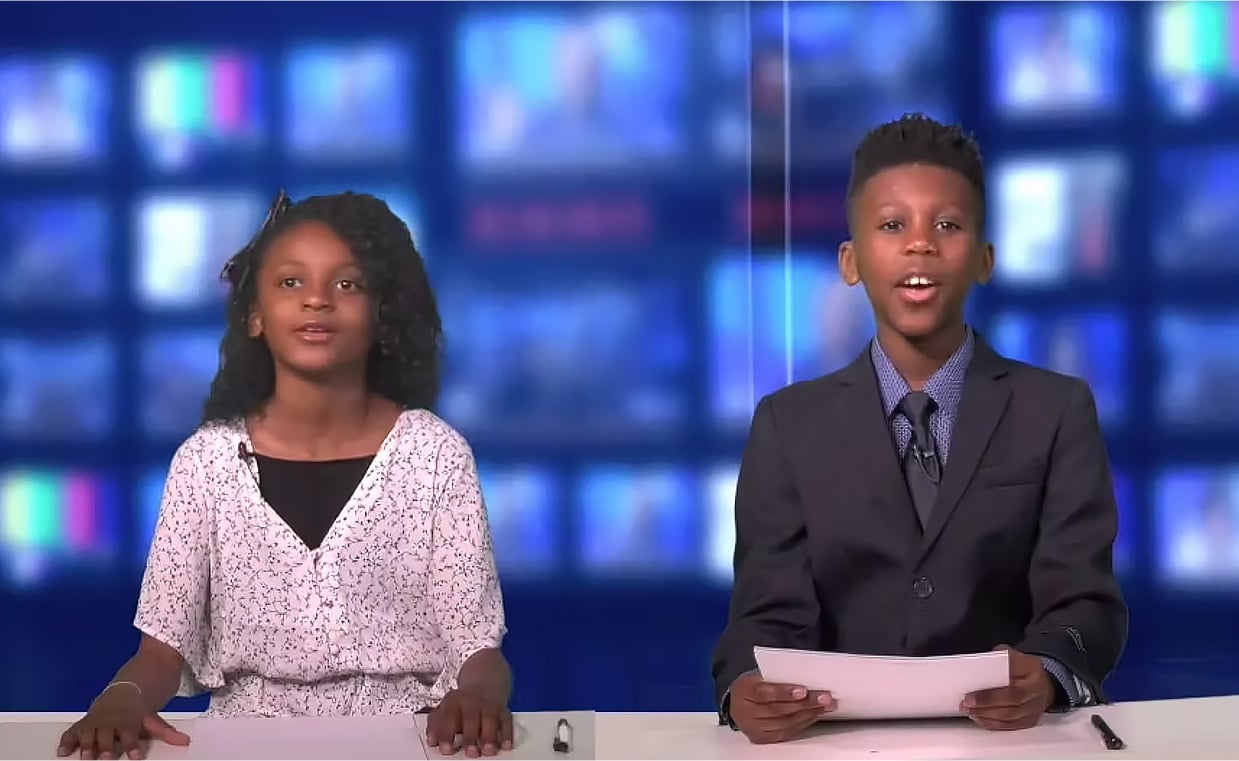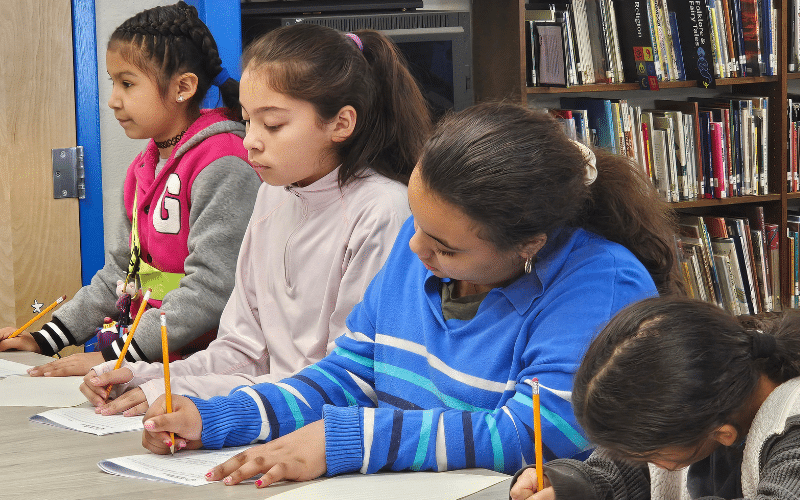I was working with a group of student reporters on the introductory paragraph for an article about the health benefits of showing empathy to other people. As we were reviewing our notes and research, the middle school reporters noticed that our trustworthy sources used the word “can,” as in “Showing empathy can help others feel included …” or “Showing empathy can help people manage stress and get through challenging times.”

After we finished, I asked the reporters whether they were satisfied with what we had written together. Most of them nodded and murmured their yesses. One student raised his hand and expressed his concern that we had used the word “can,” which seemed to imply a weak relationship between empathy and the benefits. He asked if we could change the cans to wills.
I was so excited that he asked this question and told him so. He was really showing how critically he was reviewing the words we had chosen and that he understood the job of making the case for showing empathy.
I then explained that we could not use the word “will.” While we know showing empathy helps others to feel cared for and valued, it may not happen 100 percent of the time. And if it’s not a sure thing, we cannot use the word “will.”
These are the types of questions and critiques that make teaching journalism so magical. Students are engaged because they care about the topics, and they enjoy being leaders. Their engagement leads to thinking deeply about how to best communicate the importance of the topics to their fellow students and the school community.
—Mia Blitstein, Healthy NewsWorks program manager







